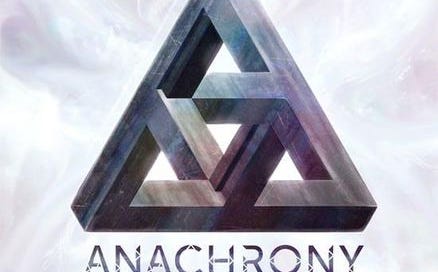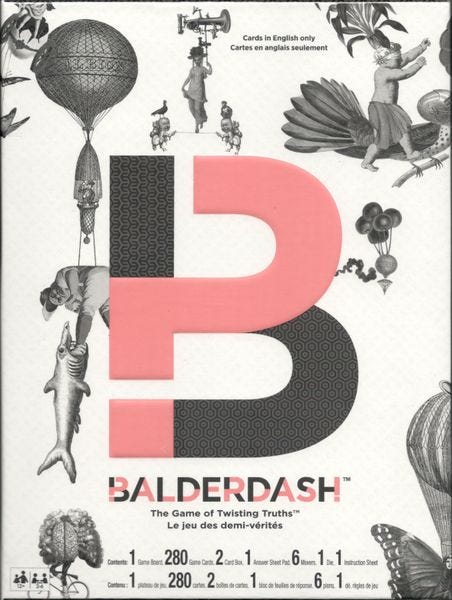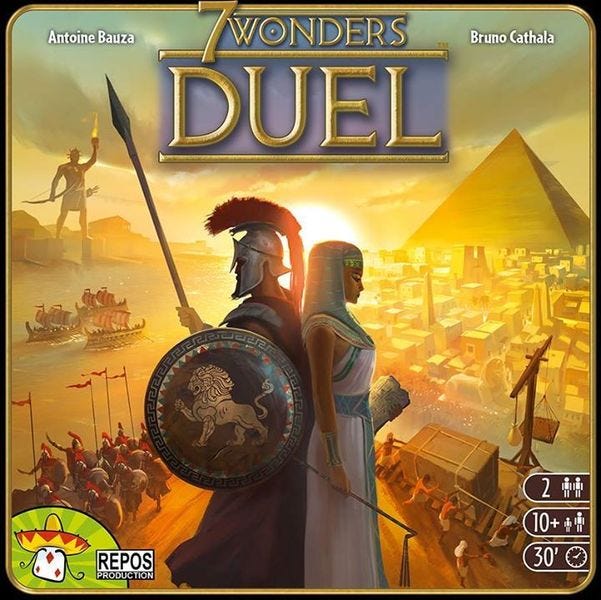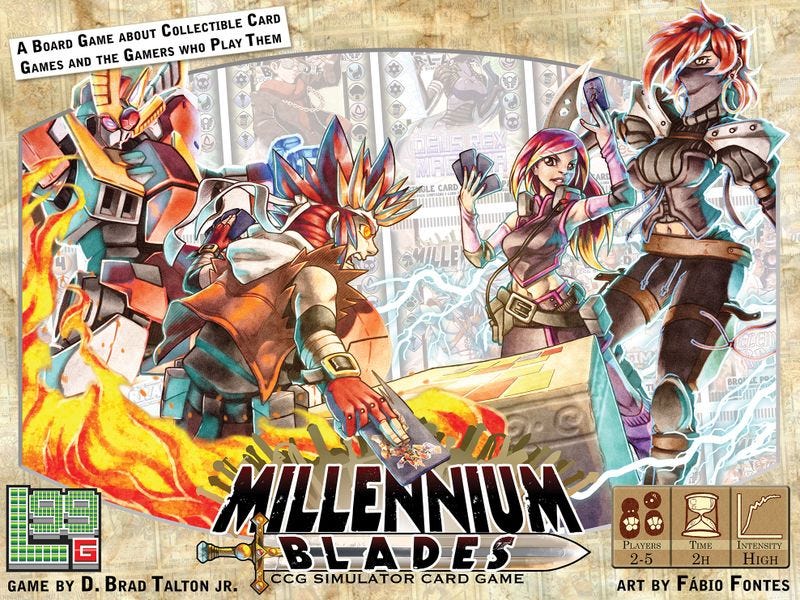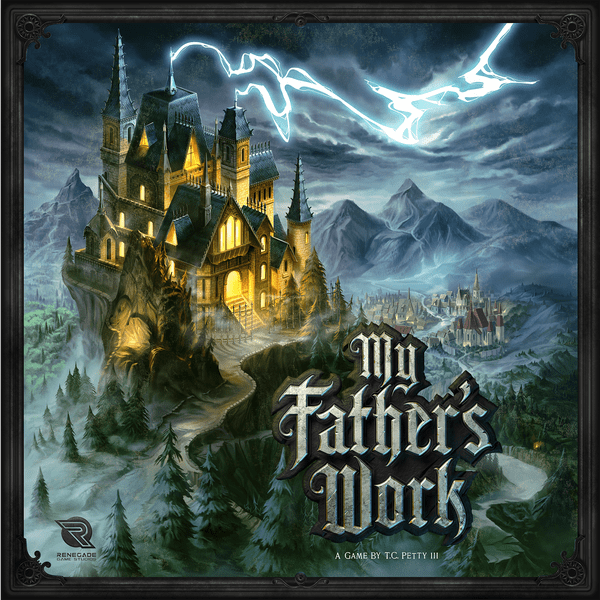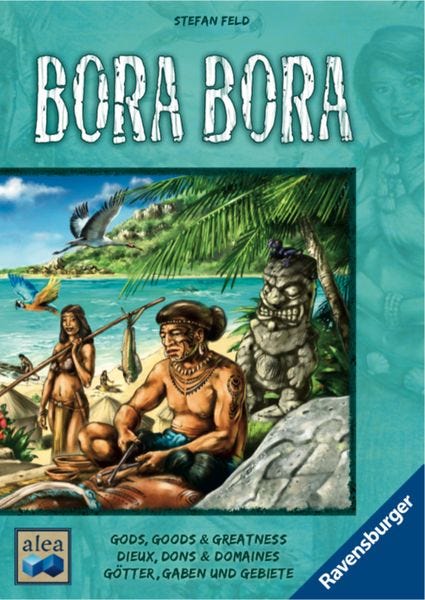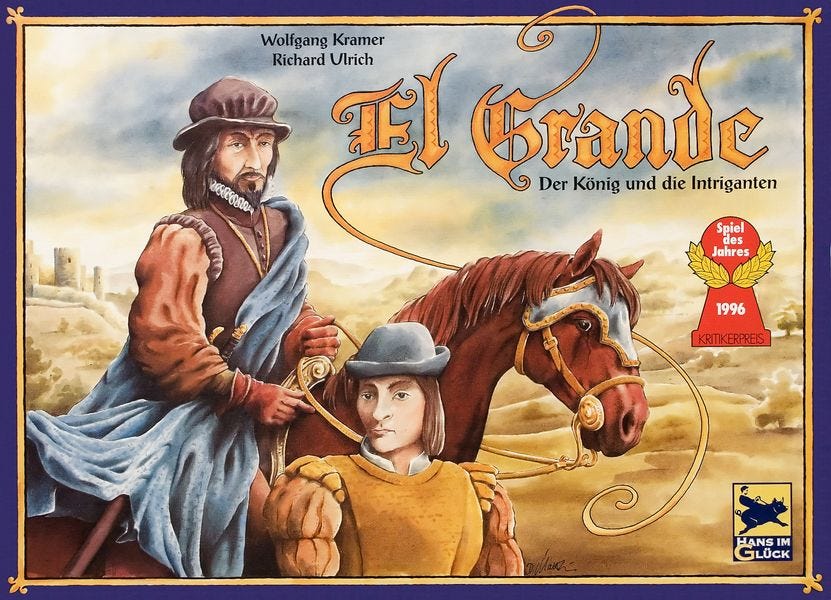Yesterday, we had the bottom ten, so let’s move on to the next 10!
90. Anachrony
Players: 1-4 (Best 3)
Time: 30 min per player
BGG Weight: 4.02
I really, really like Anachrony and if we were to schedule a time to play it I would be 100% down. As elegance and efficiency have become more pronounced in board games, I find myself reaching for games that set up and break down quicker over games that I might have a little more fun in the game itself but not in the process before and after.
Anachrony is a worker placement with time travel as the twist. You can borrow resources that you’ll need to repay on a later turn. This is a post apocalyptic Earth with another cataclysm coming. The different Paths converge on the Capital, the only place the four different groups meet. You’re vying for power to be the new rulers when the cataclysm wipes out the Capital.
Venturing in the wasteland gets you vital resources, to help you fulfill your objective and take control in the post-apocalypse of the post-apocalypse. The board state is very tight and game play is highly strategic. This game is tense and engaging throughout. It is also a massive tablehog and a pain to set up and break down.
The theme is fun, the gameplay really feels unique and I never regret the time I spent with it, until clean up comes around. Some games in my collection exist as event games, we make a plan to play it. Anachrony is that and I love it, but I don’t always want to play it.
89. Balderdash
Players: 4-6
Time: 1hr
BGG Weight: 1.41
Balderdash has been around almost as long as I have. A party game from the 80s where all the players have the word and one player knows the definition. Everyone writes what they think (or know) the word means and then you vote for what you think sounds right.
The game was expanded with Beyond Balderdash that brought in other categories like weird laws, film titles, on this date in history, people’s names or acronyms. Party games wear out their welcome for me quickly, because the game play loop tends to be hyper accessible to the detriment of the game. Balderdash could also fall into that category, but after an hour most players have had their fill and we move onto other games.
While that seems to work against a party game, it is a huge point in its favor for me. I get to play it once a year, the clues never become burned into my brain and after it’s done no one wants to play another round. I know I’m going to have fun with Balderdash, it doesn’t matter if people drop out and you can really play with as many people as you want. Or split into two different games if you have enough people. The game rewards creativity without the anxiety inducement that other creativity based party games can.
88. 7 Wonders Duel
Players: 2
Time: 30
BGG Weight: 2.23
I actually hate 7 Wonders. I’ve never liked it. The drafting is clunky and the iconography is messy. Every part of the game is innovative but laborious. Nothing is easy to learn there for a game that should be almost no downtime. I still have a copy that I will never play again, because of another game much later on this list.
Duel, on the other hand, is a fun tug of war (quite literally) that refines the higher player count game into a two player showdown. Instead of passing cards, you’re drafting from an array of cards, where any uncovered card can be drafted. There are ways to draft multiple cards on a turn, timing is really important as much as drafting the right card sometimes.
You can build the cards, discard for coins or use it toward building your wonder, just like in the original game. Military victory comes from pushing to your opponent’s capital. Science comes from having 6 of the 7 icons in your nation. Otherwise, you play till the cards are drafted and whoever has the most points wins.
The win conditions make more sense, the game is faster and it is less chaotic than passing with 6 other people. You may recall I don’t love 2 player only games, but much like Codenames before, this is my preferred way to play the game.
87. Millennium Blades
Players: 2
Time: 30
BGG Weight: 2.23
Millennium Blades is in the Anachrony category. One of the best games I own. One of my favorite games to play when it is happening. One of the absolutely most miserable experiences in set up and breakdown.
Millennium Blades features two phases, a frantic trading section simulating the open market of CCGs and then a tournament phase where you put your CCG skills on display. Building the decks really nails the feeling of being a player on the CCG market. Buying and trading for valuable cards that make your deck THE DECK without the real world meta game causing netdecking to ruin these tournaments. It was everything I loved about CCGs without the real world detractions.
Actually playing out the decks is a blast as well. This is a game that is pure, unbridled chaos. But, setting up and breaking down the game is a nightmare. You have SO MANY DECKS to choose from to build your market of cards. But you also have to pick them out and then separate them after the game is over. It is time consuming and if you are trying to play another game, you have to account for another 15 minutes to break down and put away. That’s too much man.
The design and theme are amazing. The game pokes fun at a lot of tropes and classic franchises in Anime, Sci-Fi and Fantasy. It is made by fans of CCGs and properties that I also adore. I played Magic and Yu-gi-oh. I’ve had so many other CCGs I tried to get into. Unfortunately, it is a gaming space totally ruined by capitalism. Millennium Blades gives me the thrill without the cost.
86. Two Rooms and a Boom
Players: 12-30 (Even Numbers highly recommended)
Time: 20 mins
BGG Weight: 1.44
Social deduction on a grand scale with a rapid fire playtime. Two Rooms and a Boom is simple. The red team wants to trap the blue team’s president with their bomber. You do need two separate rooms, and you split as evenly as possible between the two. Different roles have different guidelines or can change the win conditions. You can share as little or as much information as you want. Lie or tell the truth. You want to figure out who is on your team quickly and then work the room to ensure that your team has control of the situation.
At the end of each round, a room leader will choose one person to send to the other room. Rounds get shorter and decisions get tenser. The game is roughly 7 minutes of playtime with a couple of minutes of briefing and debriefing. Sometimes you’ll switch out roles between games to keep it fresh. After 3-4 games, it starts to wear out its welcome, but that is at least an hour and most people are having a blast the whole time.
I’ve played this at a full 30 player count, and it was still great. It really starts to open up once you get into the 16-18 players as there’s so much information but not enough time to get it all. It is harder to find these days, but if you find yourself at a convention where it is being played, jump on it.
85. My Father’s Work
Players: 2-4 (best 2-3)
Time: 3 hrs
BGG Weight: 3.12
My Father’s Work is a part of a controversial blending of technology with analog. It requires an app to play the game. I understand the concerns around app based games, but what works for me is that it takes a lot of the tedium out of the game while allowing you to get to the meat of the game.
My Father’s Work is allowed to be a pretty by the numbers worker placement game that is so loaded with theme it makes the three hours fly by. You play three generations of mad scientists trying to make the maddest of all creations in your small, European village without the townsfolk turning on you. Or succumbing to the madness yourself.
The game is randomized by the app, meaning that the same scenario will play out differently each time you play it. It also handles the narration of most of the game, which is very immersive. It does require 3 hours for a full game, roughly an hour per generation, but set-up and breakdown are relatively simple and the components are gorgeous.
You have a collection of different workers that can either work at the estate or go to the village. How the village evolves over the course of the game changes based on your actions throughout the game. The app does a lot of heavy lifting, but it keeps the game moving forward and the relatively straightforward action selection keeps the game from getting stale over a longer play period. AP would wreck this game.
This is an event game as well, but more for the massive time commitment than anything else. It is also expensive due to the production value of every facet of this game. I would say that if you ever get the chance, play it. It will be one of your most memorable gaming experiences ever.
84. Twilight Imperium
Players: 3-6 (best 6)
Time: 4-8 hours
BGG Weight: 4.31
If My Father’s Work were a time commitment, this is a day commitment. Some people do get to play this regularly, but I am not one of them. And there are other 4x games I prefer. But Twilight Imperium is the king of the genre for very good reason. It really simulates the feeling of an intergalactic war in a way other games only pretend at.
There’s no way you could play this game in less than four hours and get the same experience. The time commitment is a huge part of the fun. This is a big game and you want it to be a big game. But, that also means I am not going to get to play it as much because I won’t want to dedicate a whole day to Twilight Imperium regularly.
The game mixes diplomacy, war gaming, exploration and economics in a seamless fashion. There’s seventeen races that all play differently and have different goals. You have public and private objectives and best ways to achieve them. You’ll never succeed without allies, but your pursuit of ten victory points might lead to betrayal. It feels like it should be more complicated, but the game play is pretty straightforward. It helps keep a long game from dragging.
83. Bora Bora
Players: 2-4 (Best 4)
Time: 1-2hrs
BGG Weight: 3.73
The first Feld appearance on the list. He’s not my favorite board game designer, nor is he Adrianne’s, but he is OUR favorite designer. We most frequently land on the side of yes when it comes to his games. That should give you a clue that he might show up again.
Bora Bora is very similar to Feld’s masterpiece The Castles of Burgundy. It’s a dice worker placement with players rolling three dice at the start of a round. Higher dice give you better rewards, but lower dice allow you to block out spaces. Action spaces are available as long as you can play a lower number there.
You’ll have tasks to complete for victory points but you have a lot more freedom than in Castles. It’s got a bit more wide open feeling, which can feel overwhelming. The game rewards tactical thinking in tandem with long term strategizing. You can appeal to the gods to bend the rules in your favor and those that lead their tribe to the greatest prosperity win.
The game is great in that it treats the Tahitian natives with respect. The game isn’t about the exploitation of the island, it’s about living in harmony with the world. Compared with say, Puerto Rico, it should withstand future scrutiny. Board games still have a long overdue reckoning ahead of them, it is still a heavily cishet, white male dominated space.
82. Obsession
Players: 1-4 (best 2)
Time: 30-90 min
BGG Weight: 3.1
Full disclosure, I’ve only played this once on the Dice Tower Cruise. It can be hard to find and can be expensive, listings are regularly over $100. Obsession is a super thematic deck builder with worker placement that plays out completely different from some of the bigger names in that category.
You really feel like you’re living out Downton Abbey, hosting tea parties and marrying off your heirs and courting the most noble of guests. The thematic integration is top tier, in a way that really makes the actions click and helps create your own little historical drama.
I was honestly surprised how much I enjoyed the game, but what holds it back from some other games in the same space for me personally is I had too much downtime. There’s a lot of decisions to make and it can be overwhelming for players. I was never bored and I was always excited for my turns, but I do think I would like it better at 2 players instead of four. That said, Adrianne really loved the game and I think it is a game we will own eventually because it is something she would want to get to the table regularly.
That really makes the game better for me. It is a very well designed game, but there’s something special to me about the games my wife gets really excited about.
81. El Grande
Players: 3-5 (best 5)
Time: 1-2 hrs
BGG Weight: 3.03
Designed by one half of the super group Kiesling and Kramer, most notable for their Mask series of games (Tikal, Java, Mexica), Wolfgang Kramer is often overshadowed by his partner’s fame. El Grande ensures that he will forever hold a place in the hall of fame of board game designers.
You’ll choose from one of thirteen power cards to determine player order and vie for dominance of Medieval Spain. The game was one of the first to utilize area majority as a win mechanism and it is still one of the gold standards for a relatively untapped gold mine. There are very few games before the modern golden age of board games that still live in BGG’s top 100. You can have troops wherever you want, but you only score if you’re one of the top dogs in an area.
Released the same year as Settlers of Catan (1995), El Grande has stayed a favorite of the hobby for good reason. It solves a lot of problems that war games struggle with, unfair rolls of the dice or player elimination. El Grande isn’t a war game, but it simulates area control in a way that is much more fun than all but the very best of that genre.
In Case You Missed it:

